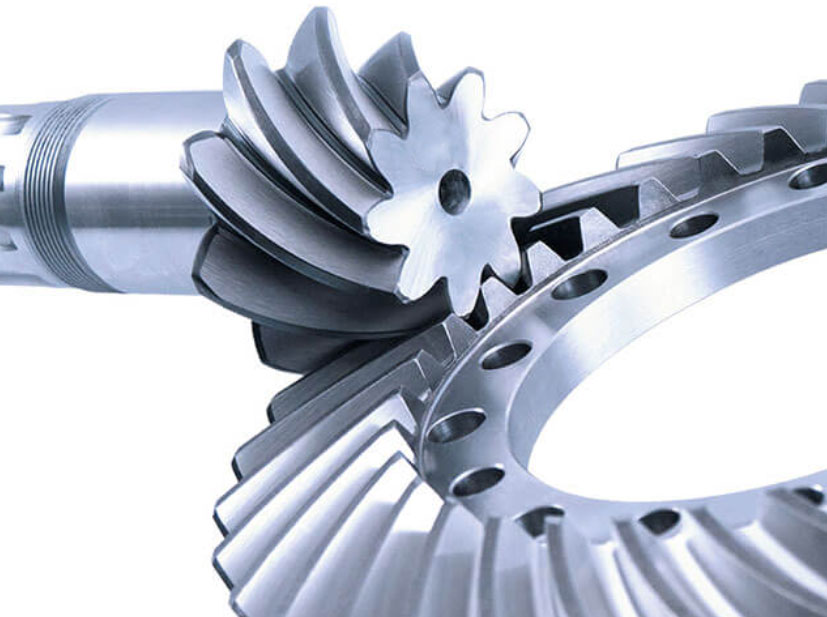
Load distribution and strength analysis are crucial aspects of spiral bevel gear design to ensure reliable and efficient gear performance. Proper load distribution and strength assessment help prevent premature failures, minimize wear, and optimize gear life. Here’s an overview of load distribution and strength analysis in spiral bevel gears:
Load Distribution:
Load distribution refers to how the applied forces and torques are distributed across the gear teeth during operation. Uniform load distribution ensures that each tooth carries a fair share of the load, reducing the risk of localized wear and tooth failure. Key considerations for load distribution include:
1. Tooth Profile Design:
- The tooth profile design, including the pressure angle and profile shift, influences how the load is distributed along the tooth flank.
- An optimal tooth profile design helps achieve even load distribution.
2. Gear Mesh Alignment:
- Proper alignment of the mating gears is essential for uniform load sharing between the pinion and gear.
- Misalignment can lead to uneven contact and excessive stress on specific teeth.
3. Contact Pattern Analysis:
- Contact pattern analysis is performed during gear manufacturing to verify that the load is distributed evenly across the tooth width.
- The contact pattern should be centered and cover an appropriate portion of the tooth flank.
4. Deflection and Elastic Deformation:
- Gear deflection and elastic deformation under load affect load distribution.
- Analyzing deflection helps optimize gear design and determine the appropriate amount of backlash.
Strength Analysis:
Strength analysis ensures that the spiral bevel gears can withstand the applied loads and avoid gear failure. Key aspects of strength analysis include:
1. Material Selection:
- The material’s mechanical properties, such as tensile strength, hardness, and fatigue resistance, play a crucial role in gear strength.
- Appropriate materials are chosen based on the application’s load requirements.
2. Bending and Contact Stresses:
- Analyzing bending and contact stresses on the gear teeth helps determine the maximum load-carrying capacity of the gears.
- Proper gear design ensures that the stress levels are within allowable limits.
3. Tooth Fillet Stress:
- The fillet region of the gear tooth experiences stress concentrations.
- Fillet stress analysis is essential to ensure the gear design adequately addresses stress concentrations.
4. Tooth Root Stress:
- Stress at the tooth root is another critical consideration for gear strength analysis.
- Adequate tooth root geometry is necessary to avoid root fatigue failure.
5. Finite Element Analysis (FEA):
- FEA is a powerful tool for in-depth strength analysis, simulating the gear behavior under various loads and boundary conditions.
- It provides detailed stress distributions and helps optimize gear design.
6. Gear Standards and Guidelines:
- Adherence to industry standards, such as AGMA and ISO, provides guidelines for gear strength calculations and safety factors.
Load distribution and strength analysis are iterative processes that involve advanced calculations and simulations to optimize gear designs for specific applications. By ensuring proper load sharing and strength characteristics, spiral bevel gears can reliably transmit power and withstand the challenges of various industries, from automotive and aerospace to heavy machinery and marine applications.
